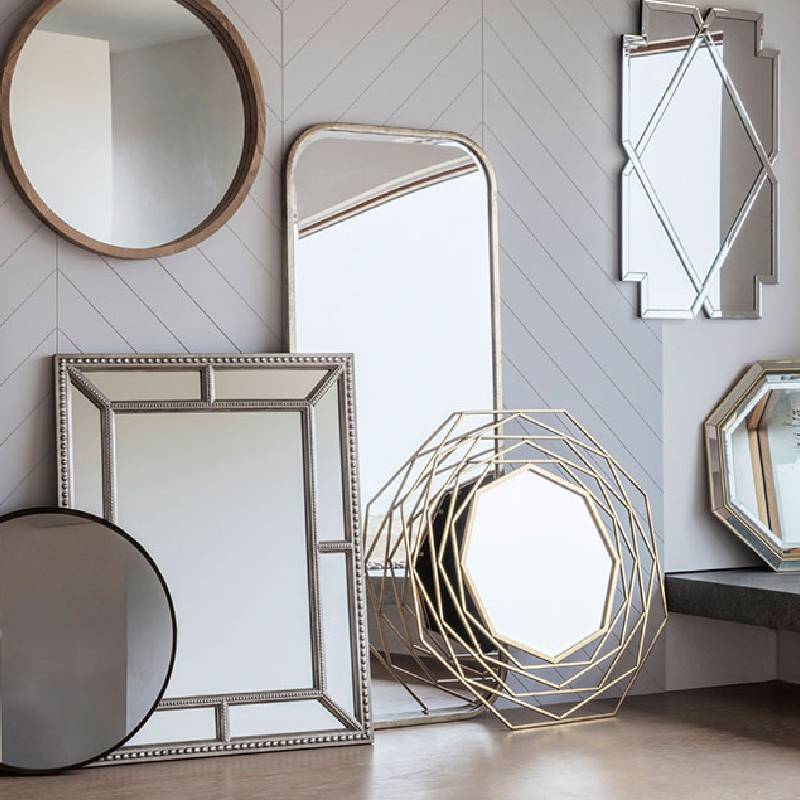

The Significance of Low-E Safety Glass in Modern Architecture
In recent years, the construction and architectural industries have seen a growing emphasis on energy efficiency and safety in building design. Among the innovations that have emerged to meet these needs is Low-Emissivity (Low-E) safety glass. This specialized glass combines the properties of energy efficiency with enhanced safety features, making it an increasingly popular choice for both residential and commercial buildings.
Low-E glass is treated with a microscopically thin coating that reflects heat while allowing natural sunlight to enter. This coating is essentially invisible and serves to reduce the amount of infrared and ultraviolet rays that pass through the glass, significantly improving the energy performance of buildings. By minimizing heat transfer, Low-E glass can help maintain a stable indoor temperature, ultimately reducing reliance on heating and cooling systems. This energy efficiency is not only cost-effective for homeowners and businesses, but it also contributes to a reduced carbon footprint, aligning with global sustainability goals.
The Significance of Low-E Safety Glass in Modern Architecture
The combination of Low-E properties with safety glass characteristics makes it an ideal choice for various applications. For instance, in high-rise buildings and skyscrapers, where large expanses of glass are common, Low-E safety glass offers both aesthetic appeal and crucial safety benefits. It helps prevent heat build-up and glare, creating a comfortable indoor environment while addressing safety concerns related to wind loads and impacts.

Moreover, Low-E safety glass is increasingly becoming a standard feature in residential architecture. Homeowners are becoming more conscious of their energy consumption and are seeking materials that provide greater insulation without sacrificing style. Low-E safety glass meets this demand by offering a sleek, modern look while enhancing a home's energy efficiency.
Another critical area where Low-E safety glass plays a vital role is in the automotive industry. Windshields and side windows often utilize this technology to protect passengers from UV rays, enhance comfort through temperature regulation, and improve overall visibility—demonstrating its versatility beyond traditional building applications.
Furthermore, the growing trend toward smart buildings, equipped with integrated technologies that optimize energy use and enhance safety, has raised the demand for advanced materials like Low-E safety glass. As consumers and developers alike continue to prioritize sustainability, the relevance of this glass type will only increase.
In conclusion, Low-E safety glass represents a significant advancement in both energy efficiency and safety in modern architecture. By merging these two essential qualities, it not only addresses the practical needs of buildings but also contributes to a more sustainable and safer future for our environment. As the construction industry moves towards more innovative solutions, Low-E safety glass will be at the forefront, shaping the future of architectural design and building practices. Its role in enhancing energy performance and safety will undoubtedly continue to evolve, reflecting humanity’s commitment to creating spaces that are not just functional but also environmentally conscious.